An Integrated Method for Microwave Absorption and External Thermal Flow Simulation in SAR Antenna Vacuum Thermal Tests
Abstract
:1. Introduction
2. Integrated Simulation System Design
2.1. Microwave Absorption Subsystem
2.2. External Thermal Flow Simulation Subsystem
3. Performance of Integrated Simulation System Based on Numerical Analysis
3.1. Microwave Absorption Performance Numerical Analysis
3.2. Numerical Analysis of External Thermal Flow Simulation Uniformity
4. Experimental Analysis of Integrated Simulation System
4.1. Microwave Absorption Experiment and Performance Analysis
4.2. External Thermal Flow Simulation Experiment and Performance Analysis
5. Integrated Simulation System Design and Application Case
6. Conclusions
Author Contributions
Funding
Institutional Review Board Statement
Informed Consent Statement
Data Availability Statement
Conflicts of Interest
References
- Curlander, J.C.; McDonough, R.N. Synthetic Aperture Rader: System and Signal Processing; Jone Wiley & Sons: New York, NY, USA, 1991. [Google Scholar]
- Woodhouse, I.H. Introduction to Microwave Remote Sensing; CRC Press: Boca Raton, FL, USA, 2006. [Google Scholar]
- Fjørtoft, R.; Gaudin, J.M.; Pourthié, N.; Lalaurie, J.C.; Mallet, A.; Nouvel, J.F.; Martinot-Lagarde, J.; Oriot, H.; Borderies, P.; Ruiz, C.; et al. KaRIn on SWOT: Characteristics of near-nadir Ka-band interferometric SAR imagery. IEEE Trans. Geosci. Remote Sens. 2013, 52, 2172–2185. [Google Scholar] [CrossRef]
- Cantalloube, H.; Dubois-Fernandez, P. Airborne X-band SAR imaging with 10 cm resolution: Technical challenge and preliminary results. IEE Proc.-Radar Sonar Navig. 2006, 153, 163–176.
- Kothapudi, V.K.; Kumar, V. Hybrid-fed shared aperture antenna array for X/K-band airborne synthetic aperture radar applications. IET Microw. Antennas Propag. 2021, 15, 93–102. [Google Scholar] [CrossRef]
- Zhang, Q. System Design and Key Technologies of the GF-3 Satellite. Acta Geod. Cartogr. Sin. 2017, 46, 9. [Google Scholar]
- Ren, B.; Zhao, L.; Zhu, F. Design of C-band multi-polarization active phased array antenna system for Gaofen-3 satellite. Spacecr. Eng. 2017, 26, 7. [Google Scholar]
- ISO 24412-2023; Space Systems-Thermal Vacuum Environmental Testing. ISO: Geneva, Switzerland, 2023.
- Stephens, G.L.; Campbell, G.G.; Haar, T.V. Earth radiation budgets. J. Geophys. Res. Oceans 1981, 86, 9739–9760. [Google Scholar] [CrossRef]
- Ziemke, R.A. Infrared Heater Used in Qualification Testing of International Space Station Radiator; NASA/TM-2004-212332. Available online: https://ntrs.nasa.gov/citations/20040073441 (accessed on 16 March 2024).
- Zhang, J.; Xie, J.H.; Wang, Y.R. The application and the development trend of the measurement and control system in the spacecraft vacuum thermal test. Spacecr. Environ. Eng. 2012, 29, 263–267. [Google Scholar]
- Xu, H.; Zheng, W.; Wang, X.; Qi, Y. Research status of radar absorbing material structure and new absorbent. Aerosp. Mater. Technol. 2014, 6, 1–4. [Google Scholar]
- Biscaro, R.S.; Nohara, E.L.; Peixoto, G.G.; Faez, R.; Rezende, M.C. Performance evaluation of conducting polymer paints as radar absorbing materials (RAM). In Proceedings of the 2003 SBMO/IEEE MTT-S International Microwave and Optoelectronics Conference—IMOC 2003. (Cat. No.03TH8678), Foz do Iguacu, Brazil, 20–23 September 2003; Volume 1, pp. 355–358. [Google Scholar]
- Folgueras, L.D.C.; Nohara, E.L.; Faez, R.; Rezende, M.C. Dielectric microwave absorbing material processed by impregnation of carbon fiber fabric with polyaniline. Mater. Res. 2007, 10, 95–99. [Google Scholar] [CrossRef]
- Hu, X.; Zhai, Z.; Cheng, F.; Shi, Q.; Ge, Z. Application of microwave absorbing heat sink in the thermal vacuum test of microwave radar imaging satellite. Spacecr. Environ. Eng. 2017, 34, 505–509. [Google Scholar]
- Du, C.L.; Qin, J.Y.; Yin, X.F.; Wang, J.; Sun, J.; Xu, Z.; Tao, T.; Gu, L. Development of low-PIM absorbing heat sink in microwave load wireless test for spacecraft in thermal vacuum environment. Spacecr. Environ. Eng. 2017, 34, 370–375. [Google Scholar]
- Zhu, L.; Gu, J.; Li, W.; Liu, H.; Zhao, B. Study on microwave absorbing properties of non-woven fabric. J. Aeronaut. Mater. 2008, 4, 70–75. [Google Scholar]
- Hemming, L.H. Eleca’omagnetic Anechoic Chambers: A Fundamental Design and Specification Guide; Wiley-IEEE Press: Piscataway, NJ, USA, 2002. [Google Scholar]
- Arshad, H.W.; Lutfullah, K. Preparation and characterization of pitch-based carbon fibers. New Carbon Mater. 2009, 24, 83–88. [Google Scholar]
- Minus, M.L.; Kumar, S.J. The processing, properties and structure of carbon fibers. J. Met. 2005, 57, 52–58. [Google Scholar] [CrossRef]
- Luo, F.; Zhou, W.; Zhao, D. The electric and absorbing wave properties of fibers in structural radar absorbing materials. J. Mater. Eng. 2000, 2, 37–40. [Google Scholar]



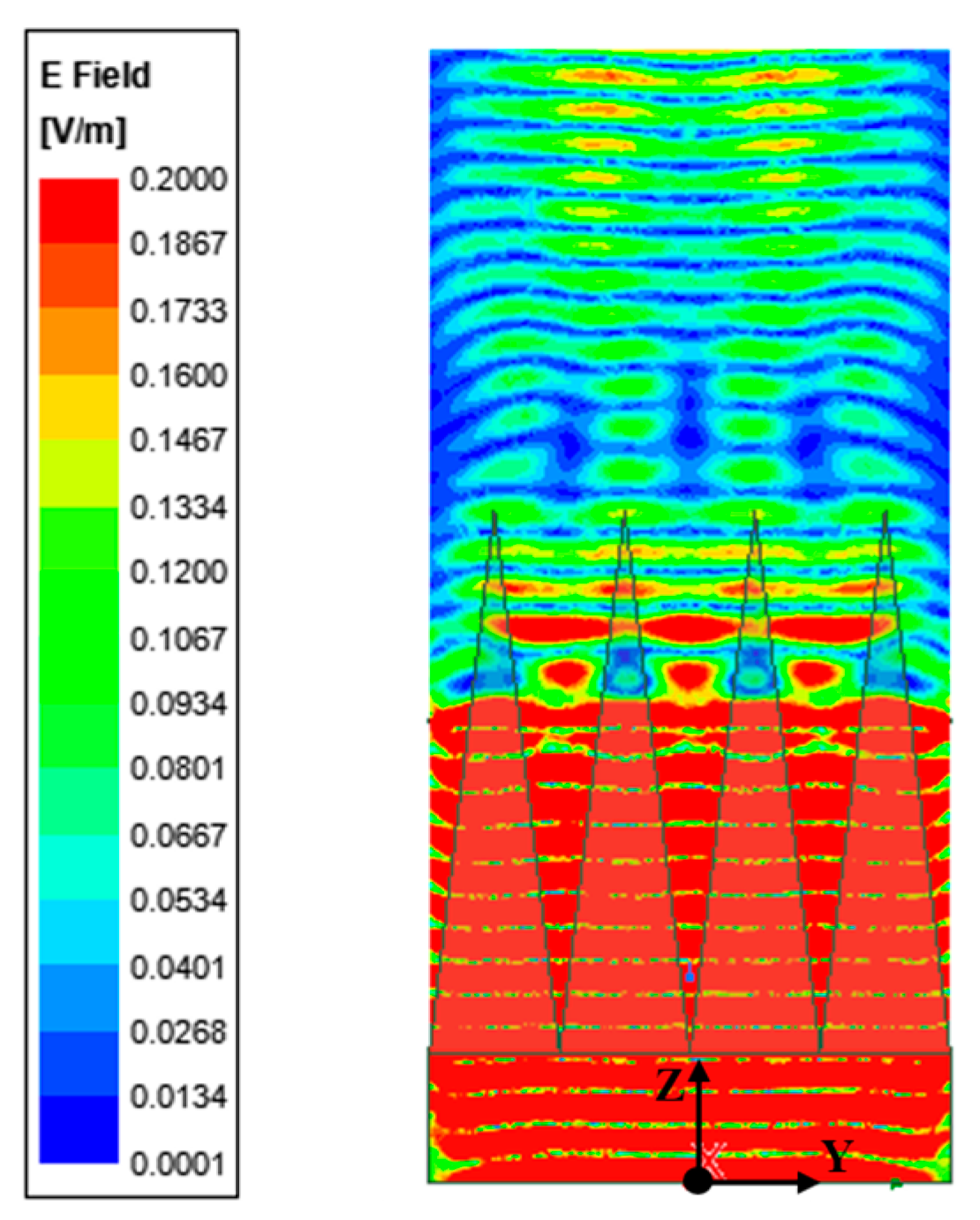

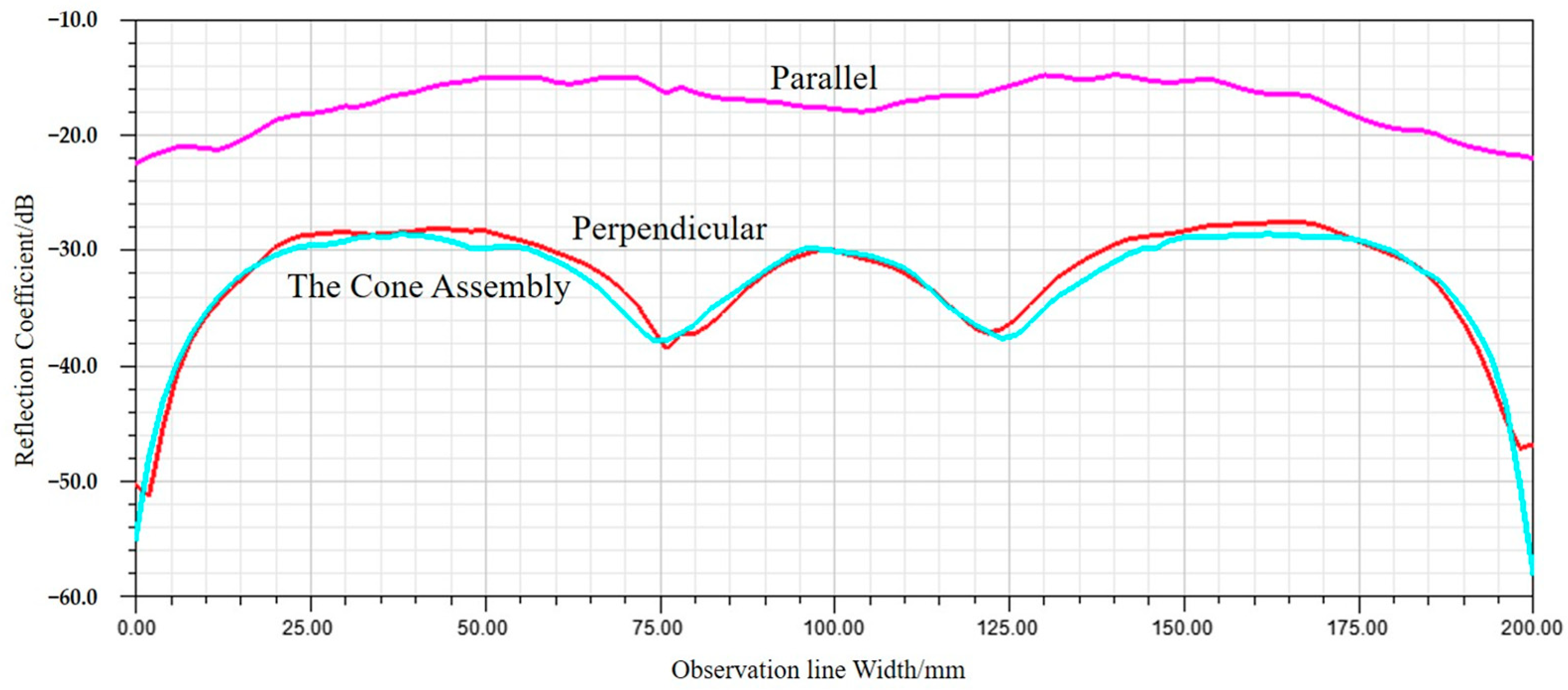
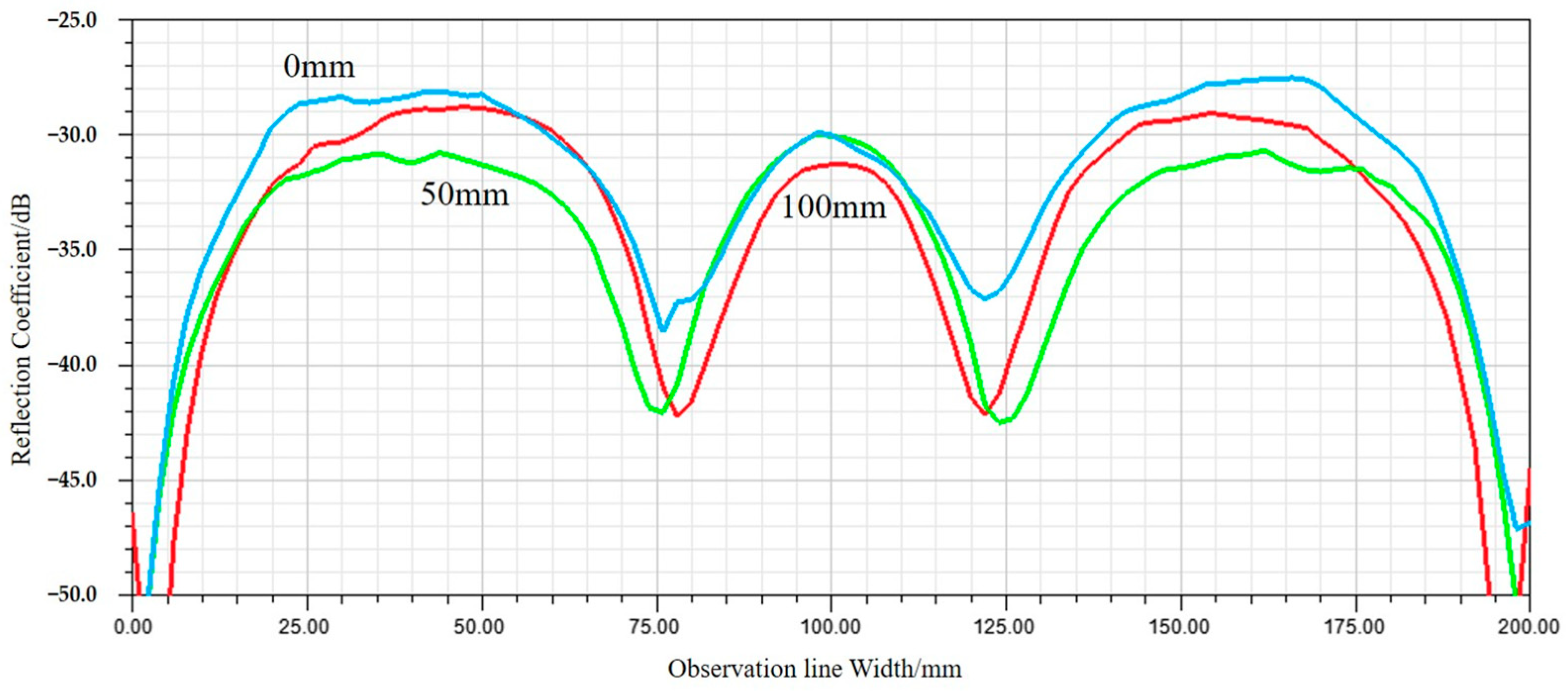
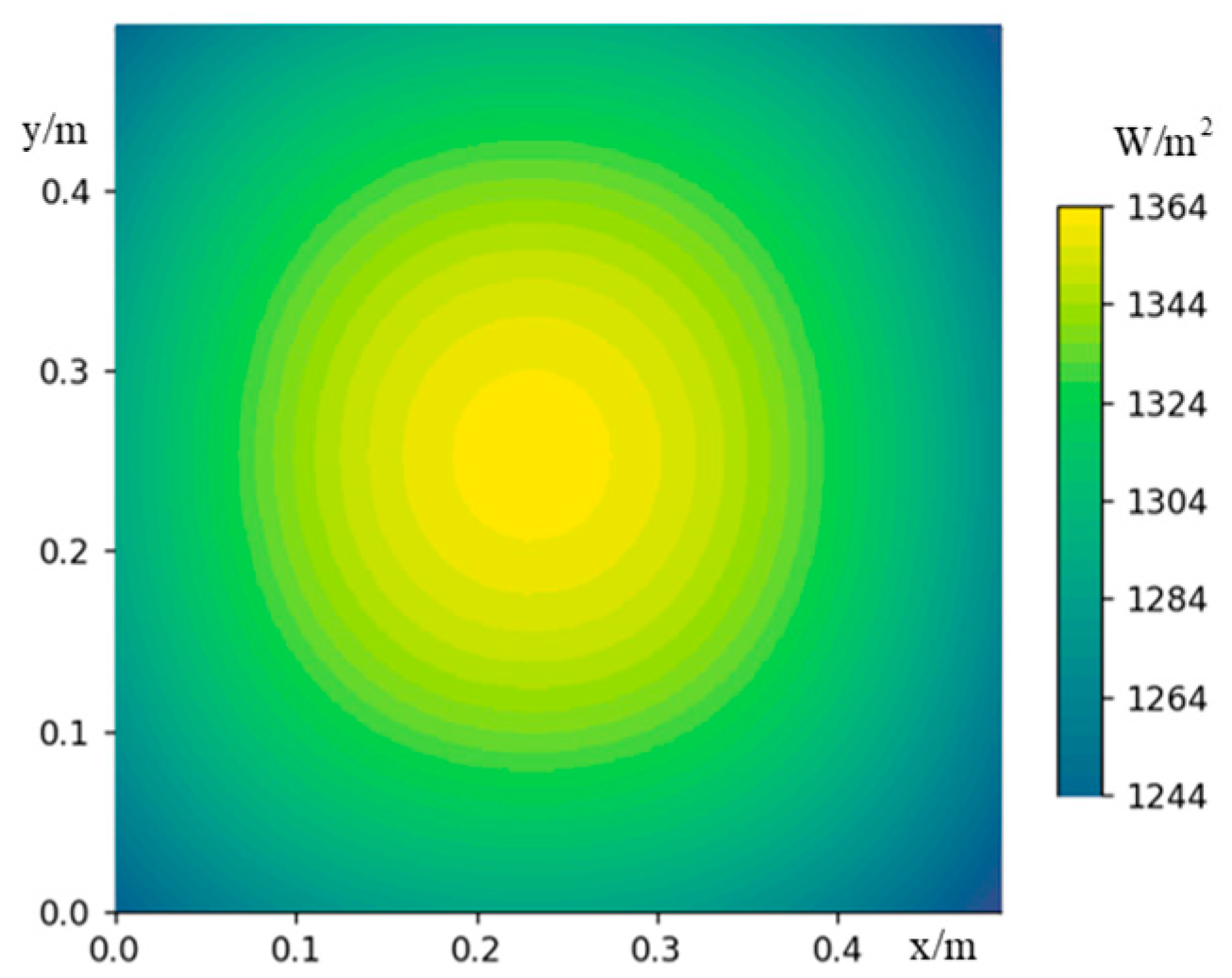


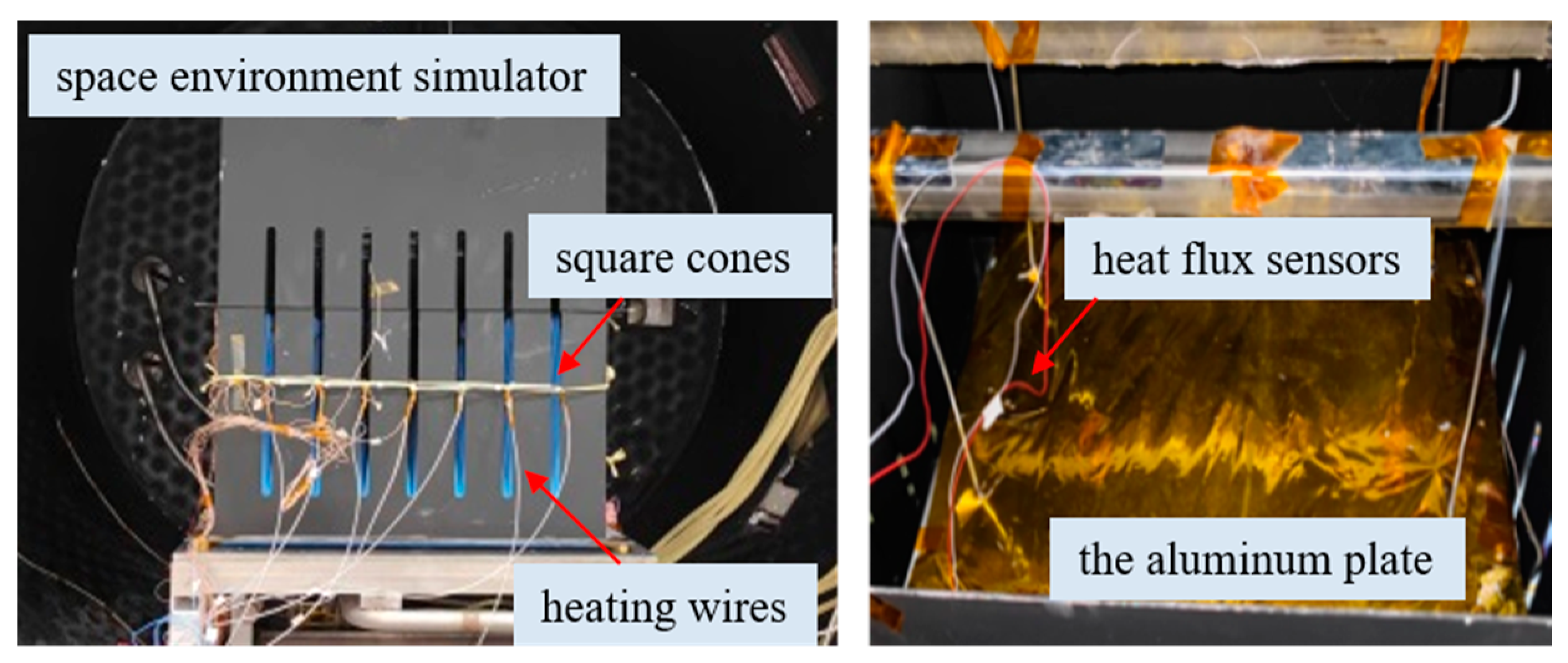
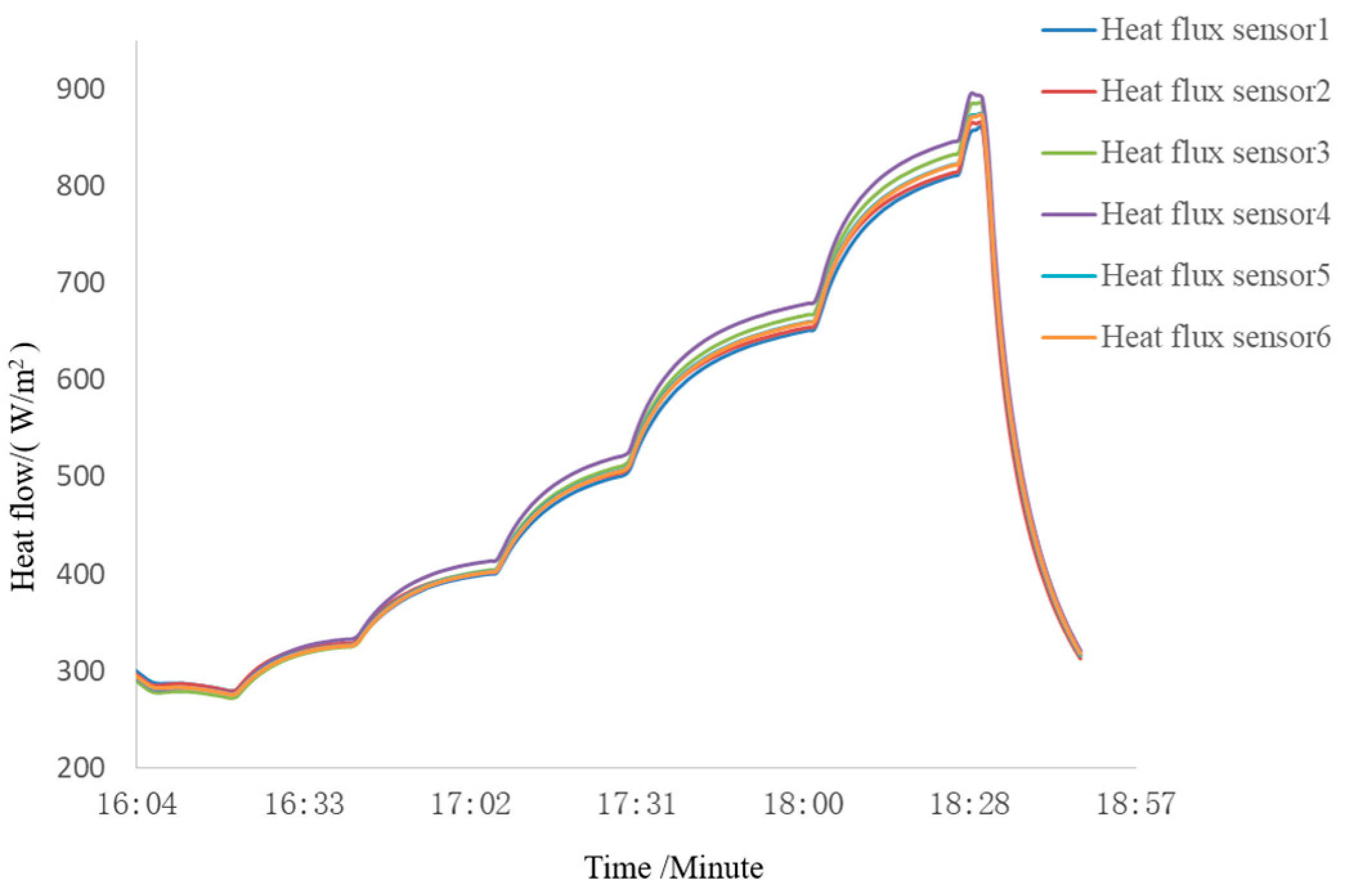
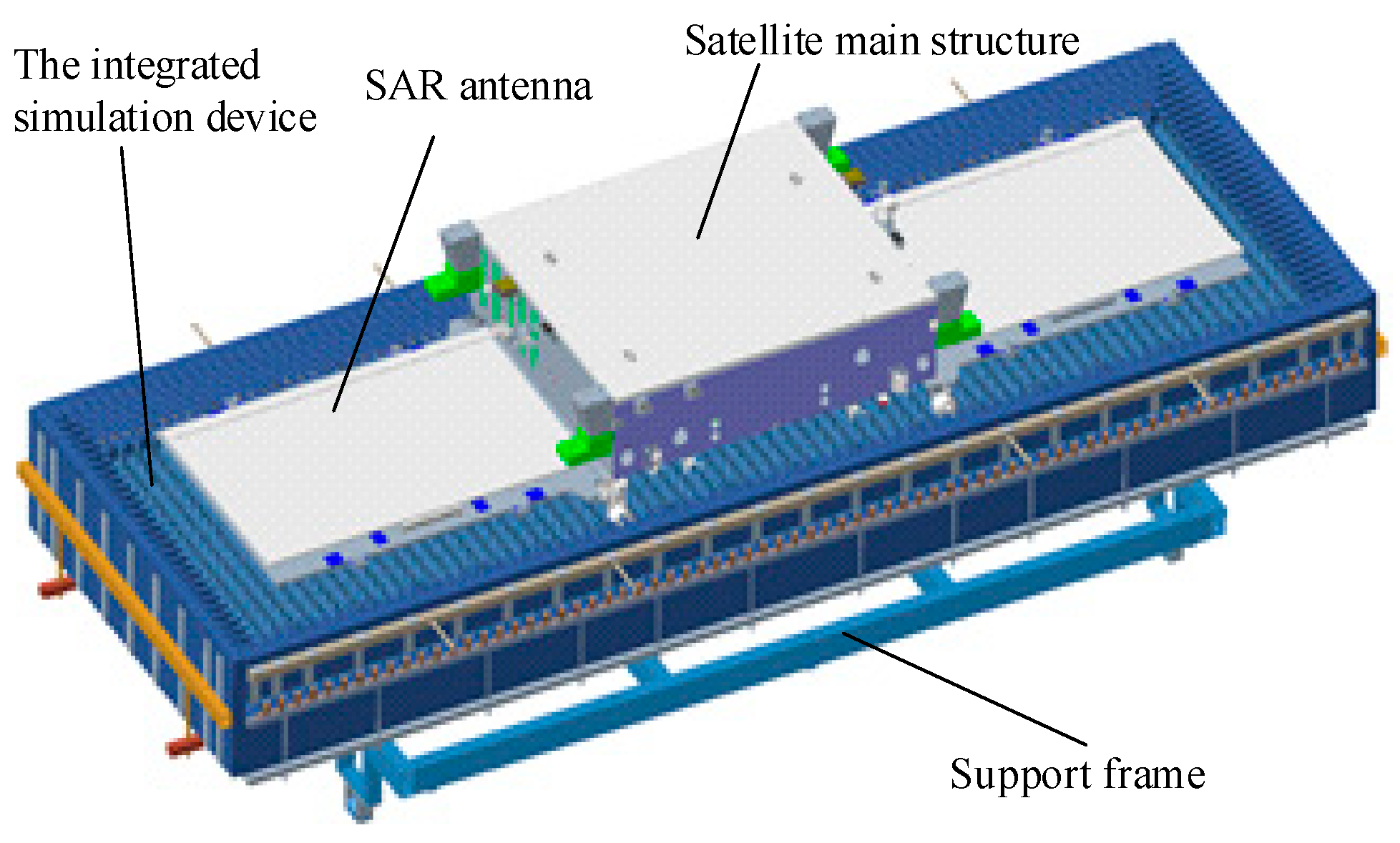
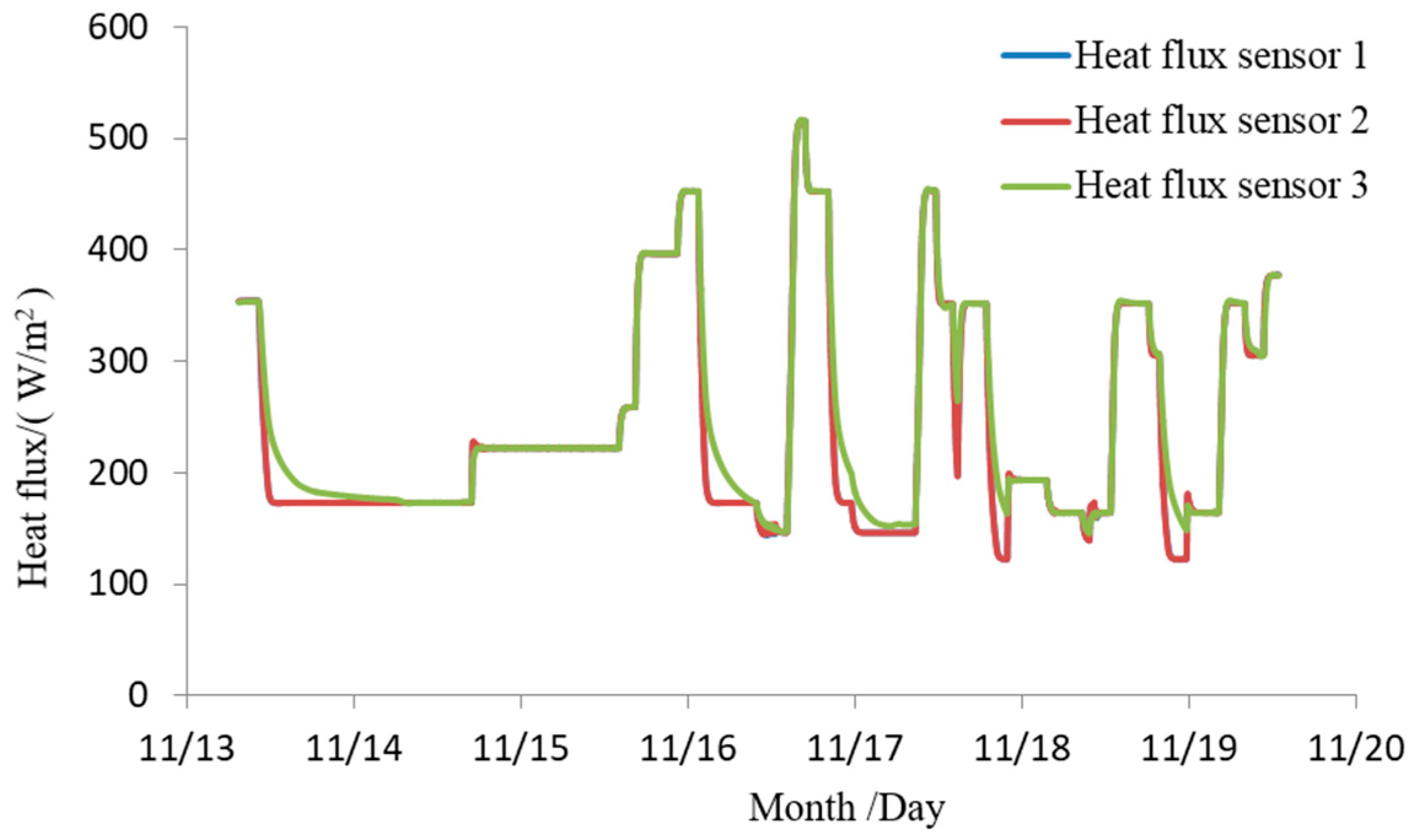

Disclaimer/Publisher’s Note: The statements, opinions and data contained in all publications are solely those of the individual author(s) and contributor(s) and not of MDPI and/or the editor(s). MDPI and/or the editor(s) disclaim responsibility for any injury to people or property resulting from any ideas, methods, instructions or products referred to in the content. |
© 2024 by the authors. Licensee MDPI, Basel, Switzerland. This article is an open access article distributed under the terms and conditions of the Creative Commons Attribution (CC BY) license (https://creativecommons.org/licenses/by/4.0/).
Share and Cite
Pan, S.; Zhang, Y.; Liu, C.; An, W.; Zhang, Y. An Integrated Method for Microwave Absorption and External Thermal Flow Simulation in SAR Antenna Vacuum Thermal Tests. Sensors 2024, 24, 3920. https://doi.org/10.3390/s24123920
Pan S, Zhang Y, Liu C, An W, Zhang Y. An Integrated Method for Microwave Absorption and External Thermal Flow Simulation in SAR Antenna Vacuum Thermal Tests. Sensors. 2024; 24(12):3920. https://doi.org/10.3390/s24123920
Chicago/Turabian StylePan, Shangjie, Yuchang Zhang, Chun Liu, Wanqing An, and Yu Zhang. 2024. "An Integrated Method for Microwave Absorption and External Thermal Flow Simulation in SAR Antenna Vacuum Thermal Tests" Sensors 24, no. 12: 3920. https://doi.org/10.3390/s24123920




